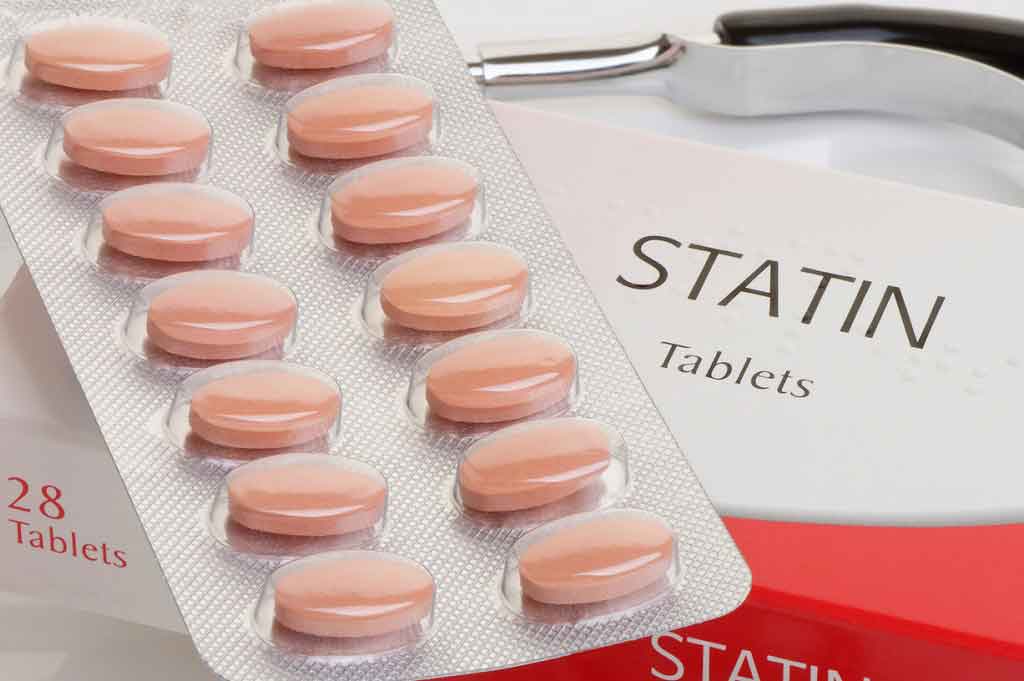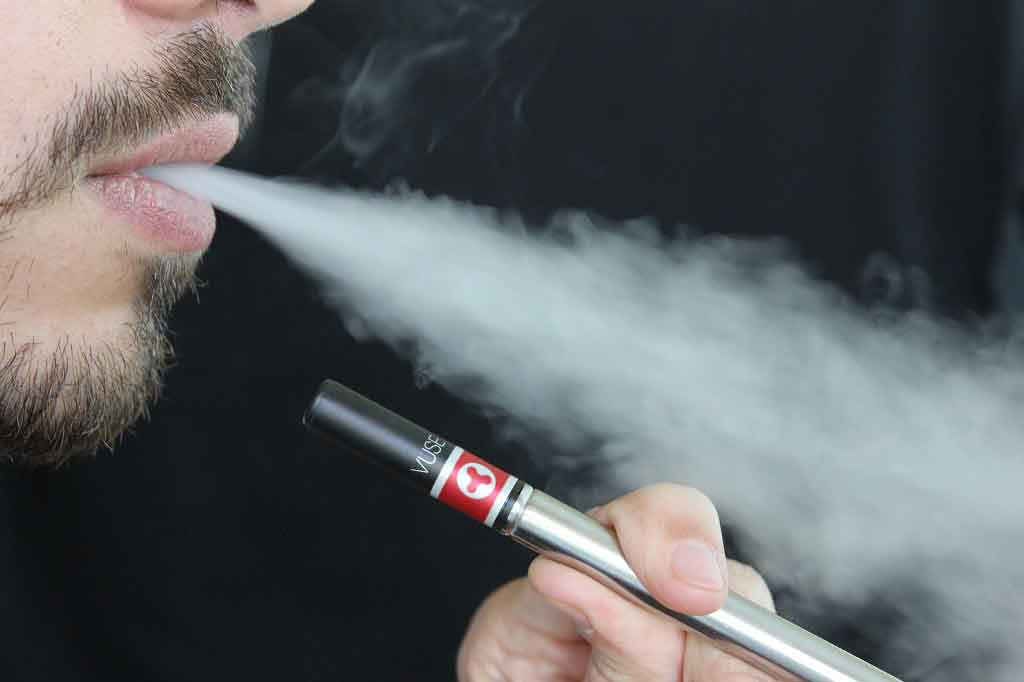Mouthwash and disinfectant ingredient linked to 'superbug'
Heart and lungs
"A household mouthwash may be creating superbugs," the Daily Mail reports. A laboratory study found the ingredient chlorhexidine, used in a wide range of antiseptic products, increased bacterial resistance to the antibiotic colistin…
"A household mouthwash may be creating superbugs," the Daily Mail reports.
A laboratory study found the ingredient chlorhexidine, used in a wide range of antiseptic products, increased bacterial resistance to the antibiotic colistin.
Despite the headline to the contrary, researchers did not specifically test mouthwash or any other household products.
Colistin is what is known as an "antibiotic of last resort" and is used to treat Klebsiella pneumoniae bacterium that has evolved resistance to other more widely used antibiotics.
Klebsiella pneumoniae can cause pneumonia, meningitis and other infections.
Researchers found these bacteria became resistant to increasing concentrations of the antiseptic chlorhexidine, which is found in products such as mouthwash and wound dressings.
The results are of potential concern as the rate of Klebsiella pneumoniae is increasing in UK hospitals.
But in a related press release, the study's lead author, Dr Mark Sutton, stressed that disinfectants containing chlorhexidine and similar antibacterial products currently play a vital role in infection control in both the home and in hospitals.
Dr Sutton also added: "This is early research in a laboratory setting and more work needs to be done to understand the potential implications."
Where did the story come from?
The study was carried out by researchers from the Technology Development Group, Public Health England, Microbiology Services Division in the UK.
It was funded by Public Health England, and the authors declared no conflicts of interest.
The study was published in the peer-reviewed journal, Antimicrobial Agents and Chemotherapy. It is an open access study, so you can read it free online.
While the Mail's overall reporting was accurate, it does seem somewhat odd that they focused on mouthwash in general, and specifically on the Corsodyl brand. Many other commercial products contain chlorhexidine.
As the manufacturers of Corsodyl, GlaxoSmithKline, point out in the Mail article: "Corsodyl mouth rinse contains a very low concentration of chlorhexidine (0.2%) and is intended for short-term use only."
The results of the article would seem to be more of a potential concern for health professionals responsible for infection control in hospitals than members of the public trying to keep their teeth clean and gums healthy.
What kind of research was this?
This laboratory study investigated the adaptation of the pathogen Klebsiella pneumoniae to the antiseptic chlorhexidine, and whether this caused cross-resistance to other antibiotics.
While laboratory studies are useful ways of seeing the biological mechanisms and how things may work in humans, their findings cannot necessarily be extrapolated to beyond the lab.
It may be that the conditions in the laboratory do not reflect real life.
What did the research involve?
Researchers took clinical strains of Klebsiella pneumoniae that were placed in a concentration of the antiseptic chlorhexidine to find out if it builds up immunity.
Adapted strains of Klebsiella pneumoniae were also added to colistin, a last-resort antibiotic, to investigate if there was cross-resistance of Klebsiella pneumoniae to this antibiotic.
Strains were cultured in a concentration of chlorhexidine or colistin and put in a new concentration – double that of the previous – every two days. This continued six times.
The researchers then measured the resistance of these strains of Klebsiella pneumoniae to different concentrations of chlorhexidine and colistin.
What were the basic results?
Klebsiella pneumoniae strains are able to adapt to increasing concentrations of chlorhexidine. This leads to increased minimum inhibitory concentrations.
These are the lowest concentration of an antibiotic (chlorhexidine) that will inhibit the visible growth of a micro-organism (Klebsiella pneumoniae).
This means that lower concentrations of chlorhexidine became less effective at inhibiting Klebsiella pneumoniae growth.
These adapted strains of Klebsiella pneumoniae were also more resistant to the antibiotic colistin. This means the chlorhexidine exposure had led to what is termed antibiotic cross-resistance.
In five out of six strains, the minimum inhibitory concentration values for colistin increased from 2-4mg/L to more than 64mg/L, meaning lower concentrations of colistin became less effective at inhibiting Klebsiella pneumoniae.
How did the researchers interpret the results?
The authors concluded that, "increased colistin and chlorhexidine resistance may occur in clinical isolates without significant loss of fitness/virulence".
They added that this "highlights the potential challenges associated with critical infection control procedures and the use of chlorhexidine as an antiseptic to control healthcare-associated infections".
Conclusion
The authors show that Klebsiella pneumoniae strains are able to become more resistant to the widely used antiseptic chlorhexidine.
They also show that in five of six strains, adaptation to chlorhexidine also led to resistance to colistin, a last-resort antibiotic.
There is a potential risk that colistin resistance will emerge in Klebsiella pneumoniae as a result of exposure to chlorhexidine, given the wide range of products sold to the NHS that contain active concentrations of chlorhexidine.
Klebsiella pneumoniae infections and outbreaks are becoming increasingly common in hospitals and can cause a range of diseases, including pneumonia, bloodstream infections, wound infections, surgical site infections, meningitis and urinary tract infections.
While it is true that chlorhexidine is in a range of products, including mouthwash and wound dressings, the study did not specifically look at mouthwash or any other household products. There is no evidence that using these products is unsafe or has caused an increase in infections.
As lead author, Dr Mark Sutton, concluded in a press release: "Chlorhexidine is a common ingredient in a number of disinfectants used widely in the home and in healthcare settings, where it is an important part of many infection control practices.
"People should continue to practice good infection control, including the use of disinfectants, in order to prevent infections in the first place.
"This is early research in a laboratory setting and more work needs to be done to understand the potential implications."






 Subscribe
Subscribe Ask the doctor
Ask the doctor Rate this article
Rate this article Find products
Find products








